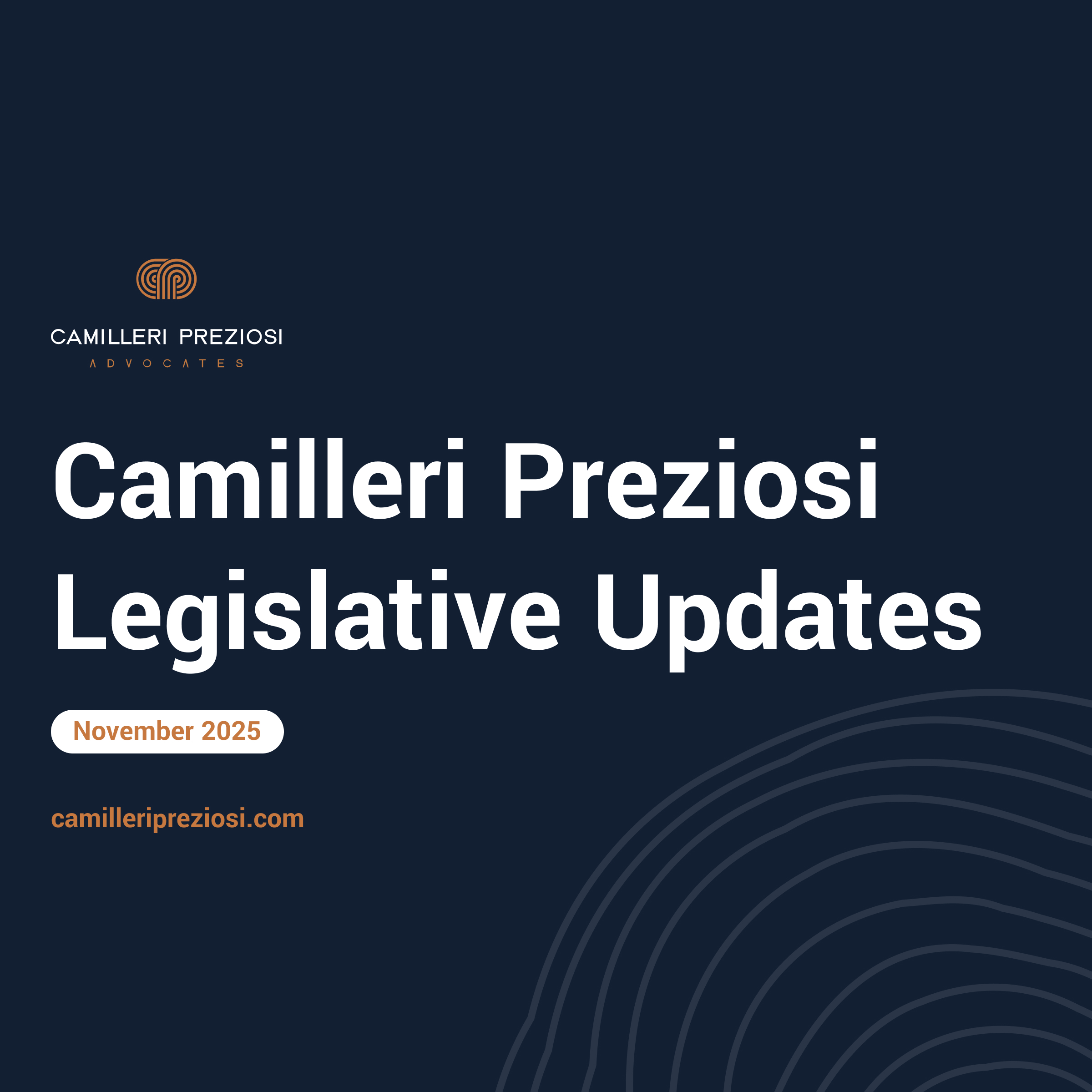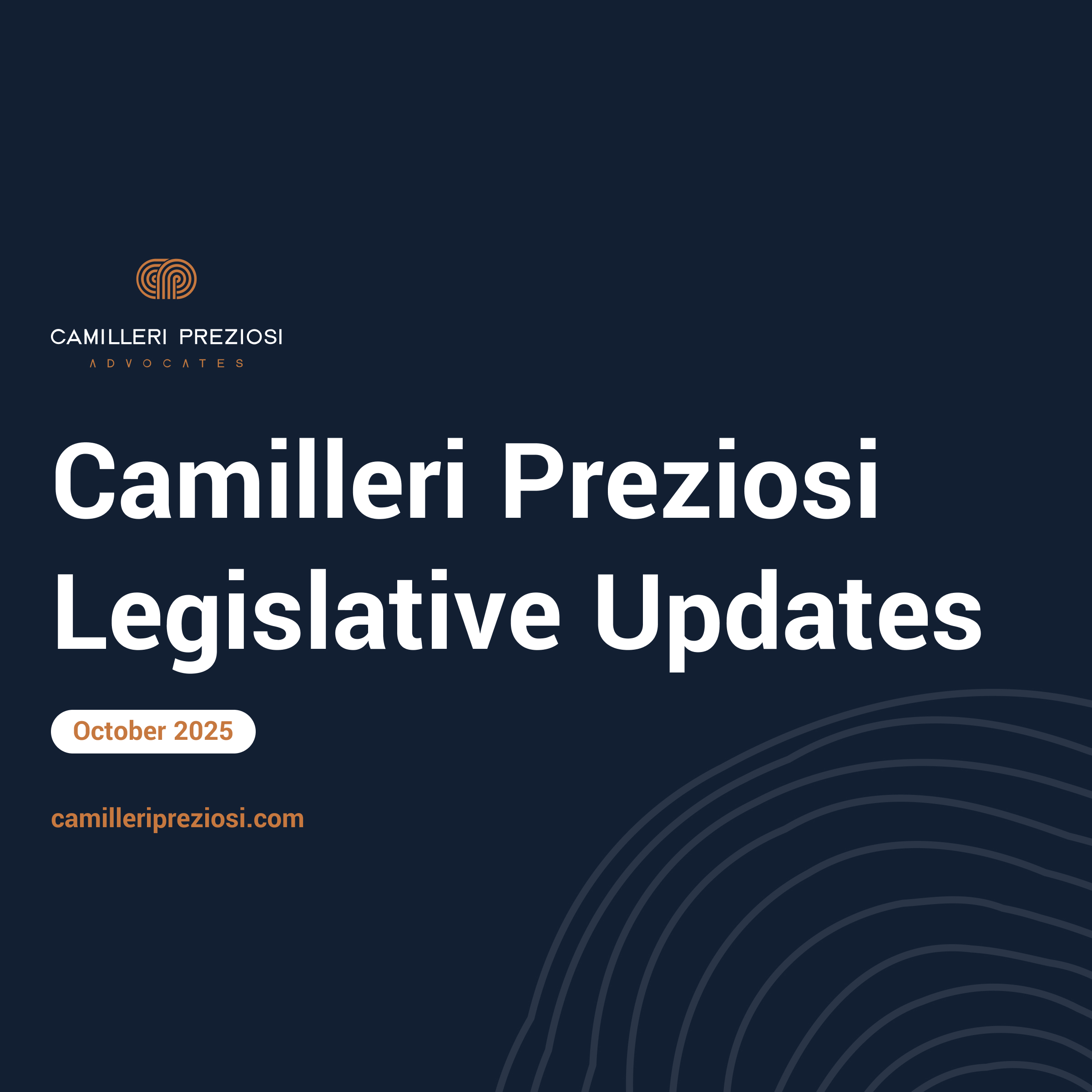
The European Banking Authority (EBA) has published a significant No Action letter addressing the complex overlap between the Payment Services Directive 2 (PSD2) and the Markets in Crypto-Assets Regulation (MiCA) for electronic money tokens (EMTs). The fundamental challenge stems from EMTs’ dual legal nature—simultaneously defined as “crypto-assets” under MiCA and as “funds” under PSD2—creating a problematic scenario where crypto-asset service providers (CASPs) must obtain two separate licences to operate legally, which the EBA considers “disproportionate” and “unnecessarily complex.”
To address this regulatory friction, the EBA has established a transitional period until 2 March 2026, during which national competent authorities are advised to defer requiring PSD2 authorisation for specified EMT-related services. The guidance provides important clarity on which activities constitute payment services under PSD2—such as transferring EMTs on behalf of clients and providing custodial wallets—whilst confirming that crypto-to-crypto exchanges, crypto-to-fiat exchanges, and certain intermediation services fall outside PSD2’s scope.
During the transitional period, the EBA adopts a selective enforcement approach, advising authorities not to prioritise supervision of certain PSD2 elements like safeguarding rules and open banking requirements, whilst maintaining full enforcement of consumer protection provisions including strong customer authentication and payment fraud reporting. For services requiring PSD2 authorisation from March 2026 onwards, the EBA recommends streamlined procedures that maximise use of information already provided during MiCA authorisation processes.
The EBA is unequivocal about its preferred long-term solution: strengthening MiCA to regulate EMT-related services within a single framework rather than maintaining dual licensing requirements. The Authority explicitly advocates for unified legislation, either through enhancing MiCA or adapting the forthcoming PSD3 and Payment Services Regulation, acknowledging that MiCA authorisation should have been sufficient from the outset.
Whilst providing temporary relief, the guidance creates planning challenges for CASPs, as obtaining payment institution licences requires significant lead time and many providers remain in MiCA authorisation queues. The March 2026 deadline may seem distant, but represents an urgent call to action for an industry already navigating complex regulatory processes. The EBA’s No Action letter ultimately represents a pragmatic holding pattern that “buys time” whilst acknowledging the fundamental inadequacy of the current framework, essentially passing responsibility to legislators to resolve the underlying structural issues through future regulatory reform. A link to the EBA’s No Action letter can be found here: Opinion on the interplay between PSD2 and MiCA.pdf







